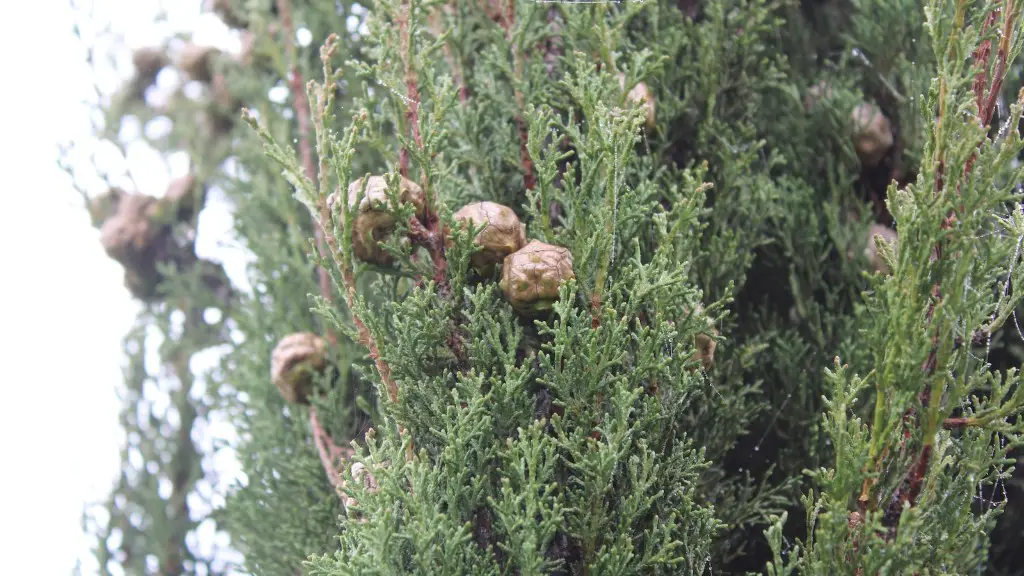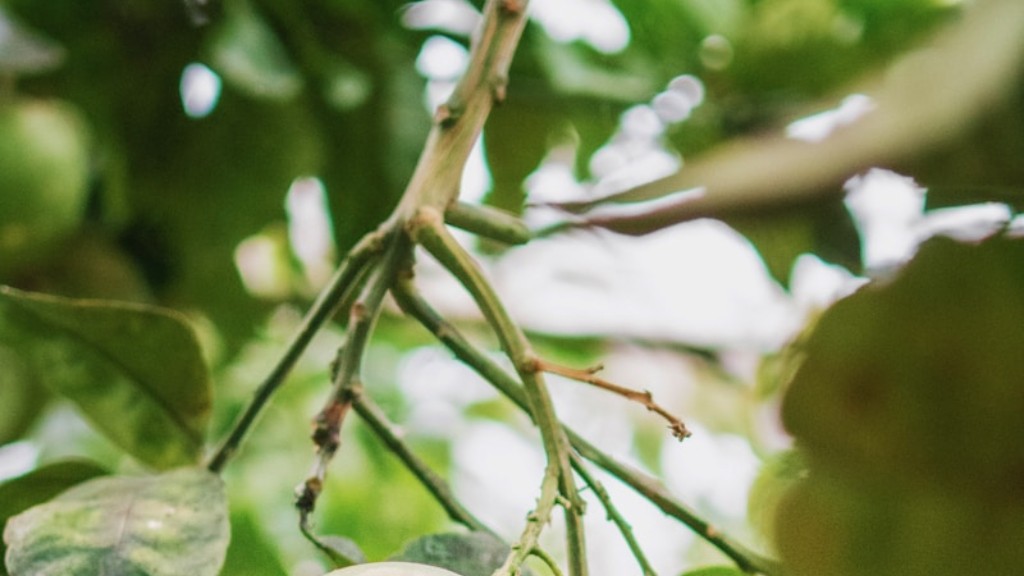Areca palm trees, scientifically known as Dypsis lutescens, are popular houseplants that can easily improve air circulation in any space. Often referred to as the golden cane palm, butterfly palm, and yellow palm, areca palms come in various shapes, sizes and colours. They are also known for their ability to effectively purify the air by removing pollutants, carbon dioxide and even formaldehyde. When it comes to interior designs and landscaping, these trees are sure to add a fresh and inviting atmosphere to any room.
There are multiple places where you can purchase areca palm trees, ranging from online stores to nurseries and hardware stores around your area. Nurseries offer a wide selection of plants, including areca palms, and some even guarantee their stock. Purchasing areca palm trees from nurseries also ensures that you get the most out of your money since nurseries typically provide in-depth advice and guidance on the types of plants you should have in your home as well as how to care for them.
If you’re looking for convenience, online stores such as Amazon, Etsy, or Walmart can make it easier for you to purchase the right kind of areca palm tree for your home. While some sites provide instruction on how to care for areca palms, they are more likely to deliver the plants to your doorstep, which makes it very convenient if you live in a city where finding a nursery is challenging.
Hardware stores such as Lowe’s or Home Depot are another great option when it comes to getting your hands on areca palms. If you’re looking for a wider selection of plants, areca palms are usually easy to find in these stores, as they usually carry larger and more diverse ranges of outdoor and indoor plants.
Before investing in an areca palm tree, it is important to do your research and understand how to best care for it. Areca palms are relatively easy to take care of – they only require moderate sunlight and regular watering – but it is still important to know the best conditions that will help your palms thrive. Make sure to check the soil moisture regularly, keep the leaves clean and dust-free, and mist the leaves regularly to avoid spider mites.
Location
Areca palms are native to Madagascar, which means they prefer humid and warm climates with regular irrigation. These palms also require a lot of sunlight, so it is important to choose a spot in your house or garden where the palm can get direct sunlight for several hours every day. Also, remember that areca palms can grow up to 10 feet tall, so make sure you choose a spot that has enough open area for the plant to spread out.
Fertilizing Schedule
Areca palms need a good amount of nutrients to stay healthy and happy. Fertilize your areca palm every two weeks during the summer and every month during the winter using a balanced-formulated fertilizer. Keep in mind that over-fertilizing is just as bad as under-fertilizing, so stick to the recommended schedule when fertilizing your areca palm.
Pest Prevention
Areca palms are prone to pests and diseases, so it’s important to take steps to prevent any infestations. Keep a regular lookout to make sure your palms are not infested with pests like aphids, Scale, or whiteflies. If you notice any signs of pests, take appropriate action immediately – remove any affected leaves, use insecticidal soaps, and introduce beneficial insects such as ladybugs or assassin bugs to the area.
Pruning
Pruning is an essential step for keeping your areca palm healthy and looking its best. Prune the areca palm regularly to remove dead or damaged fronds. Pruning will also help to shape the palm, encourage new leaf growth and even reduce the occurrence of pests. In addition, make sure to dust off the leaves regularly to prevent the accumulation of dust on the leaves.
Repotting
It is also important to repot your areca palm occasionally to make sure that it has enough space to grow and remain healthy. Make sure to use a lightweight potting mix that drains well, and water the soil after repotting to help the roots settle in. Do not overwater the soil, as this can lead to root rot. Additionally, you should repot your areca palm every two or three years to ensure your plant continues to stay healthy.
Importance of Soil
When it comes to soil for your areca palm, it is essential to use a soil that drains well and is lightweight. Since areca palms prefer slightly acidic soil, try to use a soil that is slightly acidic or is blended with peat moss or compost. Areca palms also like well-aerated soil, so make sure to mix in some sand or perlite to make sure the roots have access to oxygen.
Watering Schedule
Areca palms need regular watering to stay healthy, but too much water can cause the roots to rot. Water your palm every two to three days, making sure to check the soil moisture level before watering. To check the soil moisture level, stick your finger into the soil and feel for moisture. If the soil is still moist, do not water again until the soil starts to feel dry.
Temperature
Areca palms prefer temperatures between 60-75 degrees Fahrenheit during their growing season, and temperatures around 50-68 degrees Fahrenheit during the winter months. Make sure to place your areca palm away from any drafts to ensure the temperature remains consistent. If the temperature drops below 40 degrees Fahrenheit, it can cause the leaves to turn yellow and the leaf tips to burn.



